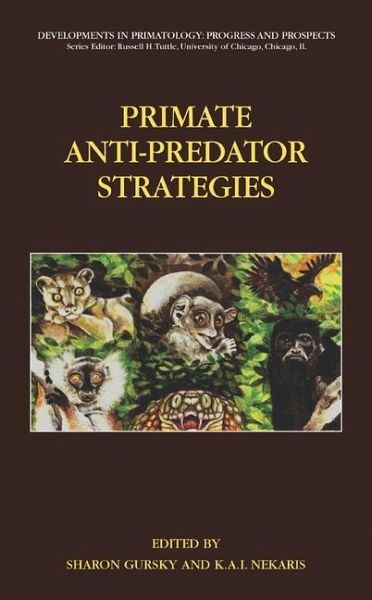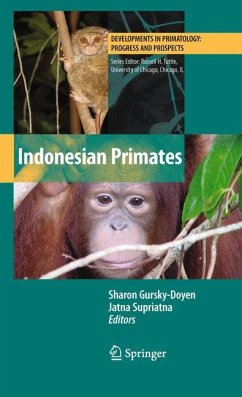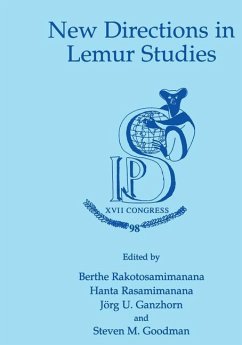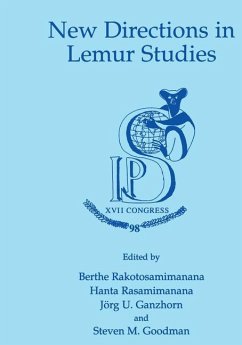
Primate Anti-Predator Strategies

PAYBACK Punkte
107 °P sammeln!
This volume details the different ways that nocturnal primates avoid predators. It is a first of its kind within primatology, and is therefore the only work giving a broad overview of predation - nocturnal primate predation theory in particular - in the field
Additionally, the book incorporates several chapters on the theoretical advances that researchers studying nocturnal primates need to make.
Additionally, the book incorporates several chapters on the theoretical advances that researchers studying nocturnal primates need to make.
Since the 1960s, primatologists have recognized the impact of predation on the evolution of morphology, the social systems and cognitive behavior of monkeys and apes, but few studies considered its impact on the prosimians - lemurs, lorises, galagos and tarsiers. This comprehensive volume, written by experts in the field, narrows this gap by highlighting the effect of predation on the order Primates in general. Theoretical approaches to understanding how primates perceive predation threat, as well as proximate and ultimate causes to address threat and attack, are considered across the primate order. Although this volume concentrates on the least known group in this theoretical area - the prosimians - contributions by researchers on numerous primate taxa across four major geographical regions make this a novel and exciting contribution to students interested in primate evolution and ecology.














